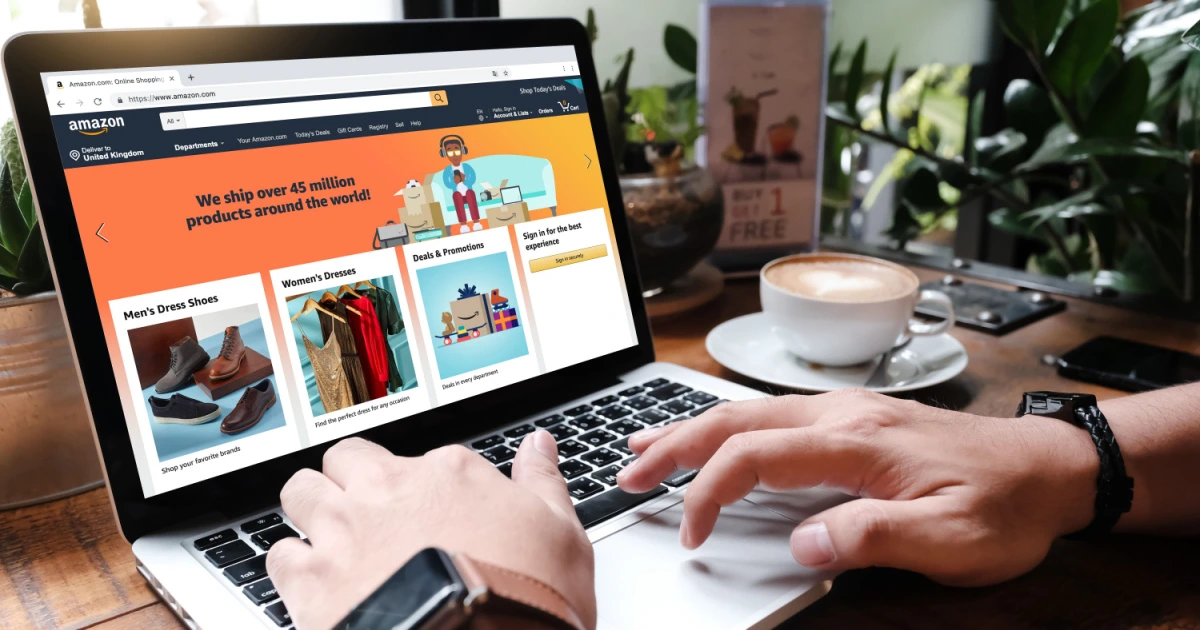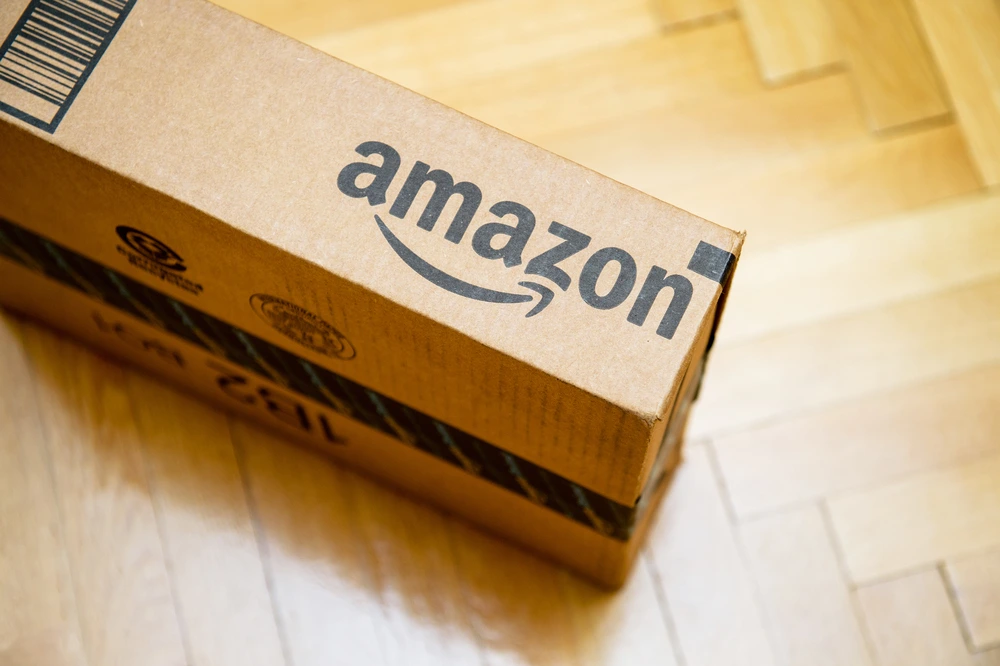
Amazon URL Structure: Canonical URLs, Add To Cart URLs, And More


Table of Contents
- 4 Amazon URL Structures Sellers Should Know
- 1. Canonical URLs
- 2. Add To Cart URLs
- 3. Frequently Brought Together URLs
- 4. 2-Step Brand URLs
- Wrapping Up
- Frequently Asked Questions
Unique Amazon URLs can help you drive external traffic to your listing, which can really boost your product rankings on Amazon.
For instance, URLs mentioned on social media or ads can lead customers directly to your products, which can increase the chances customers find your product, and ultimately, make a purchase.
And, the higher your sales, the better your product ranking on Amazon. Amazon perceives this high ranking as organic searches for your products via targeted keywords. As a result, Amazon ranks the listings even better on search engines and gives you more opportunities to sell your products through different widgets.
There are different ways to connect your store to Amazon URLs to display your products and create further sales opportunities. For instance, you can create Amazon canonical URLs. But there is a lot more you can do to boost your Amazon product rank, and this guide tells you all about how you can optimize your Amazon business by taking advantage of different Amazon URL structures.
4 Amazon URL Structures Sellers Should Know
1. Canonical URLs
Amazon generates canonical URLs for search engines in order to locate your product. By adjusting this URL, you can get indexed, which increases your product’s visibility and ranking. And since a quarter of Amazon’s total traffic comes from different search engines, you definitely need to rank well there.
Canonical URLs use hyphens and colons right after the first five words present at the start of your title, so you need to define the first five keywords carefully. Hyphens and colons are used interchangeably, and you can control their placements.
Once you have the five keywords and the product ASIN, you can use an Amazon URL builder like Helium 10’s GEMS tool to generate a URL for your product.
2. Add To Cart URLs
As the name suggests, such URLs send buyers right to the “Add to Cart” page on Amazon. This kind of URL can also simulate Alexa to add the products into the customer’s cart.
With Alexa triggered, your product shows up as the first result to a buyer searching for an item.
Helium 10’s GEMS tool makes it easy to generate an Add to Cart URL. All you need is the quantity of your product and the ASIN. And once the URL is provided to customers, it adds your product into the customer’s cart.
3. Frequently Brought Together URLs
More than 35% of all Amazon sales are made through the different widgets on the website like “often bought together” and “frequently brought together” cards. A product placed in these categories enjoys increased sales.
Generally, sellers either have to pair two of their products or link a competitor’s product with their own product. Then, by leveraging traffic, they use social media to drive Amazon through a specific URL.
Frequently Brought Together URLs are defined by the quantity of the paired products and a set of characters.
4. 2-Step Brand URLs
The 2-step brand URL restricts products through keyword and brand and instead goes after keywords distinctly linked to your product. It also takes buyers to the page that has just your brand’s products.

Wrapping Up
While keyword research strategies are important to rank well on Amazon, you also shouldn’t undermine the importance of the different kinds of Amazon URLs and their structure. Knowing how and when to use these URLs can really boost your sales.
And the best part? Helium 10 has a range of tools that can generate the URL for you, so there’s less for you to worry about!
Frequently Asked Questions
Achieve More Results in Less Time
Accelerate the Growth of Your Business, Brand or Agency
Maximize your results and drive success faster with Helium 10’s full suite of Amazon and Walmart solutions.
